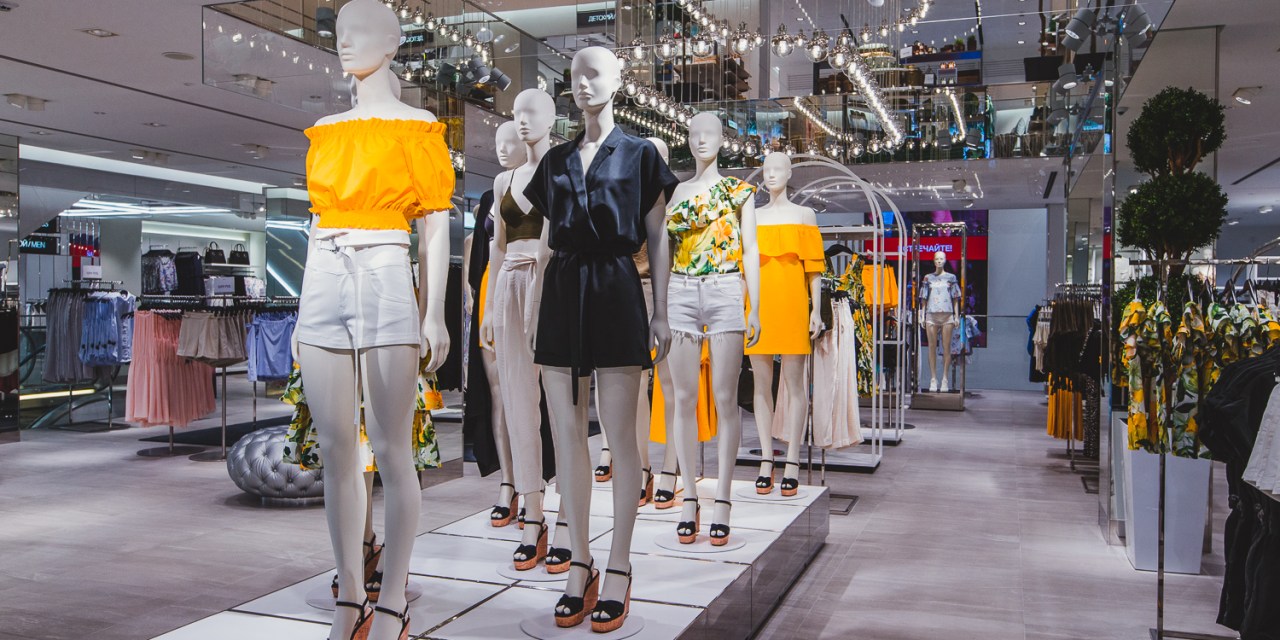Fast-fashion retailers like Zara & H&M are introducing higher-margin brands into their assortments

Fast-fashion retailers, known for their affordable prices, are branching out by adding pricier third-party brands into their product mix.
H&M CEO Helena Helmersson said late last month that the company plans to sell more third-party brands online and in stores. Online fast-fashion company Shein has recently attracted high-end brands Paul Smith and Stuart Weitzman to sell products on its website as part of its broader third-party marketplace strategy. Zara, on the other hand, opted to collaborate with third-party brands like shoemaker Clarks and South Korean brand Ader Error for higher-priced exclusive products.
In an effort to challenge e-commerce giants, fast-fashion companies are beginning to emulate the marketplace business model. By selling more brands and higher margin goods, fast-fashion brands not only gain new customers but also improve their image. For third-party brands, teaming up with fast fashion brands gives them exposure to a broader audience outside.
Fast-fashion brands have faced competition from e-commerce giants like Amazon for years, said Sky Canaves, senior analyst at Insider Intelligence. According to Insider Intelligence’s June forecast, apparel and accessories sales on Amazon will hit $69.72 billion in 2023, representing 32.6% of total U.S. retail e-commerce sales in the category. Amazon’s share in the category is only expected to grow unless fast-fashion brands have a rebuttal.
“Fast fashion has always been very competitive, and e-commerce has made it even more so,” she said. “In the long run, all of these fast-fashion players will want to diversify and upgrade their offerings and just get into higher-margin businesses.”
Fast-fashion brands can benefit from adding more products that already complement its existing product mix or, in the case of Zara, benefit from sharing resources and ideas with another brand. Unlike H&M and Shein’s approach, Zara is focused on limited-edition collaborations. For its recent collaboration with Clarks, the leather ankle boot product retails at $219 full price.
Adding third-party brands to its website is key for H&M to reach its goal of doubling sales by 2030. H&M already has 70 external brands available on its platform in six markets. Products from brands like Adidas and New Balance are already available for purchase on some H&M Group-owned stores and websites. The company said last month that it plans to grow its marketplace strategy, which was initially launched last year.
Ad position: web_incontent_pos1
“This has been really well received by customers who also complement the H&M assortment with other brands,” Helmersson told Reuters. “Now we need to focus on making sure that we have the right kind of backbone, for example the right logistics, to really secure profitable growth.”
H&M’s net sales in the second quarter grew 6% to 57.6 billion crowns or $5.36 billion around that time. Meanwhile, Zara’s in store and online sales in its recent quarter grew 13% to 7.6 billion euros or over $8 billion.
Lee Whitaker, senior manager at consulting firm Parker Avery, said that brands can also gain relevant consumer data from their third-party brand partners. This data could help fast fashion brands get a sense of emerging trends and inform their future merchandising strategy. For third-party brands, he said they can benefit from fast fashion brands’ wide consumer base.
“A lot of it will come down to how the deal is negotiated or written but many times it involves sharing of sales data from one side to the other,” he said. Whitaker added that, for third-party brands, joining fast-fashion platforms could give them access to “that customer group that they just have not been able to break into.”
Despite some of the potential perks, a big challenge for some of these fast-fashion brands is to convince more brands to join their platform. Fast-fashion brands have been under scrutiny for years about their labor practices and environmental impact, said Gabriella Santaniello, brand expert and founder of A Line Partners.
Ad position: web_incontent_pos2
Shein is offering perks for brands that qualify to sell on its platform. Shein is giving third-party brands free advertising and zero commission for their first three months on the platform, according to The Wall Street Journal’s reporting. To qualify, brands need to have $2 million in sales on Amazon.
“There’s a lot of things that get out there on social media and whether they’re true or not, and I think it plagues a lot of these fast-fashion retailers,” Santaniello said. “It’s a way for them to step away from that.”

